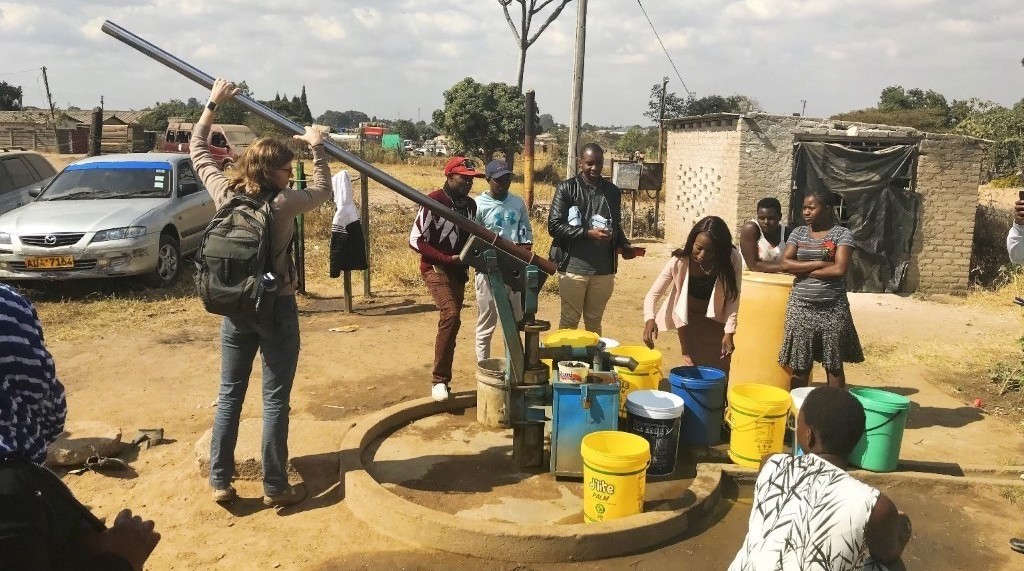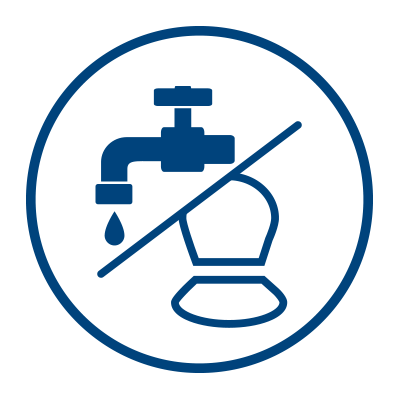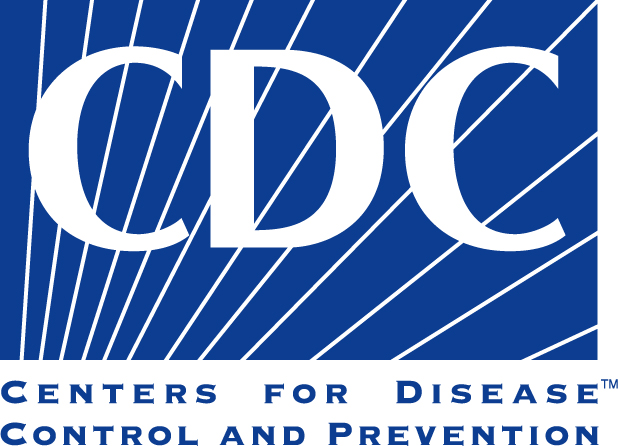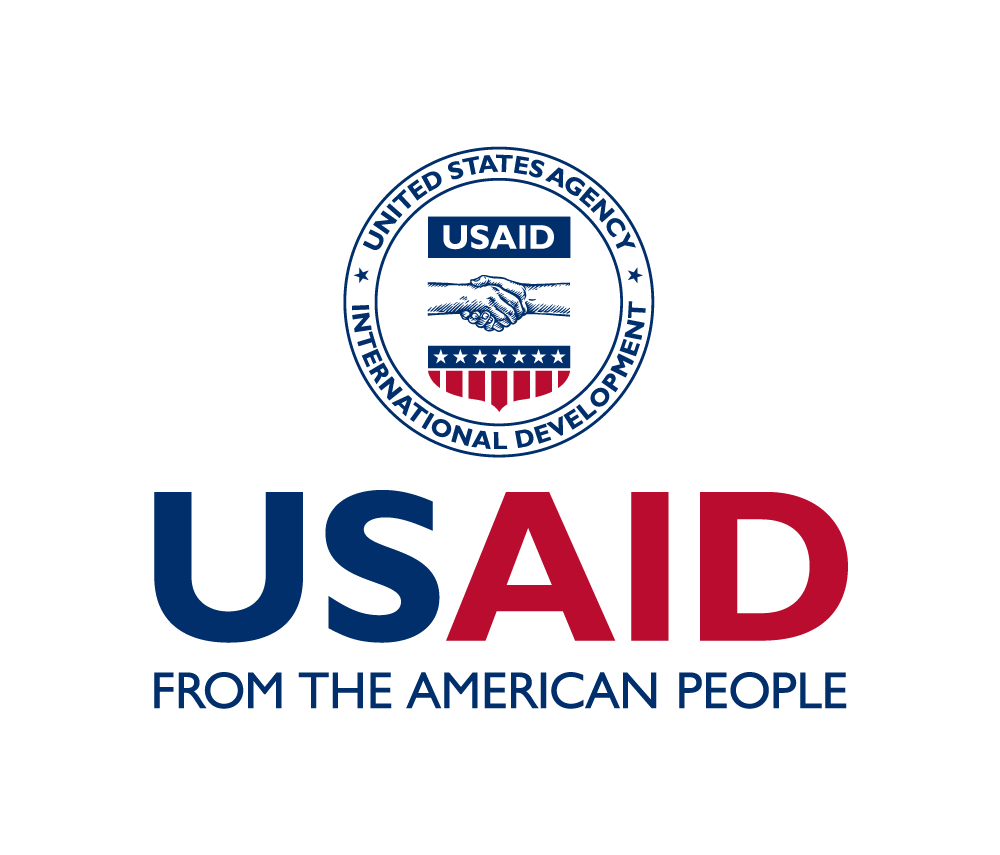Combating Cholera in Zimbabwe Through Improved Water Quality

The Story
Zimbabwe’s Ministry of Health and Child Care declared an outbreak of cholera in Harare, Zimbabwe, on September 5, 2018, when 25 patients were admitted to the Beatrice Road Infectious Disease Hospital. Over six months, the country recorded a total of 10,421 cases of cholera, of which 94 percent were from Harare, and 69 deaths. Cholera outbreaks are often linked to contaminated water supplies, including piped water systems, if water quality is not adequately maintained.
The City of Harare municipal water system faces numerous challenges. First, the water supply is insufficient to meet current population demand, which leaves many households with water supply for only a few hours per day or days per week at times. Households, therefore, rely heavily on alternative water sources such as drilled boreholes and shallow wells to meet their drinking water needs. Second, due to aging infrastructure, water losses due to leakage from the piped network are projected to be more than 50 percent, which further exacerbates the water quantity crisis. Moreover, leaking pipes may allow contamination into drinking water. Finally, FRC monitoring, which is necessary to ensure water quality, has been inconsistent and chlorine levels detected from municipal taps have frequently been below 0.5 mg/L, the World Health Organization (WHO)–recommended level at point-of-use during a cholera outbreak.
The Centers for Disease Control and Prevention (CDC) provided technical assistance to the City of Harare’s Environmental Health Department and other WASH stakeholders to expand coverage of chlorinated water in the city. First, they implemented a municipal tap surveillance system to regularly sample municipal taps around Harare to document water availability, FRC, pH, and turbidity (cloudiness of water, which can harbor contamination). Second, they evaluated inline chlorinators installed on hand pumps, which are devices used to chlorinate water as it is extracted from the subsurface. Hand pumps are used by a large proportion of the population when water is not available from the tap. The City of Harare Environmental Health Department conducted initial sampling visits and FRC testing at 75 municipal tap locations. They visited 73 the 75 of proposed municipal tap locations around Harare, of which functional municipal taps were available at 61 locations. Of the 61 functional taps visited, 33 had water available for sampling at the time of the visit. At 24 of 33 points, they detected FRC. However, 50 percent of these points had an FRC level of 0.1 mg/L and only 12 percent had a FRC greater than 0.5 mg/L.
To improve chlorination of the municipal water system and to ensure establishment of the municipal tap sentinel surveillance system, CDC put forth several recommendations, including increasing chlorine levels throughout the network to meet WHO–recommended levels, prioritizing affected areas for booster chlorination (extra chlorination in a water distribution system, especially for locations far from initial chlorination sites), and reporting FRC data to stakeholders on a regular basis.
In addition, CDC, with support from USAID’s Office of Foreign Disaster Assistance, conducted an evaluation of inline chlorinators on hand pumps in high-density suburbs of Harare. In total, FRC was detected at just 33 percent of inline chlorinators, indicating insufficient disinfection of water. They included further refinement of inline chlorinator design to allow for more consistent chlorine dosing, refresher training of water point committees on FRC monitoring and revenue collection, and implementation of a more robust FRC monitoring system in their recommendations.
Find More
Strategic Objective(S)
 Access to Safe Drinking Water and Sanitation
Access to Safe Drinking Water and Sanitation




Highlight